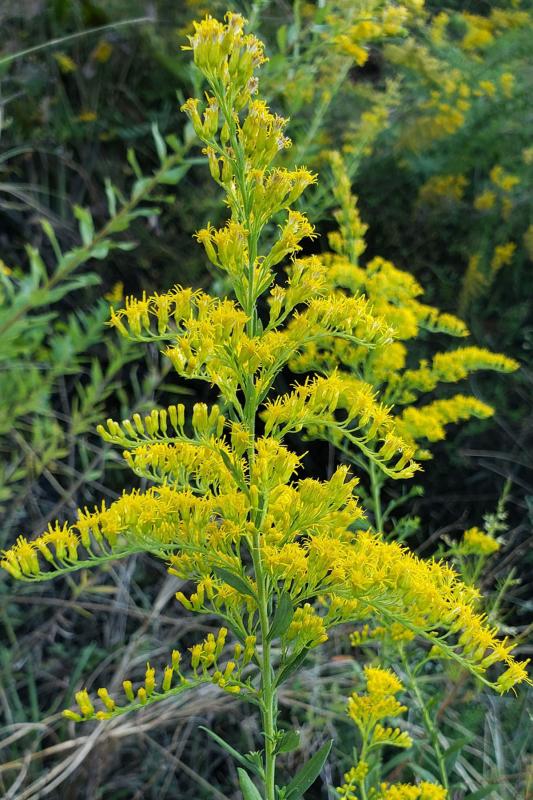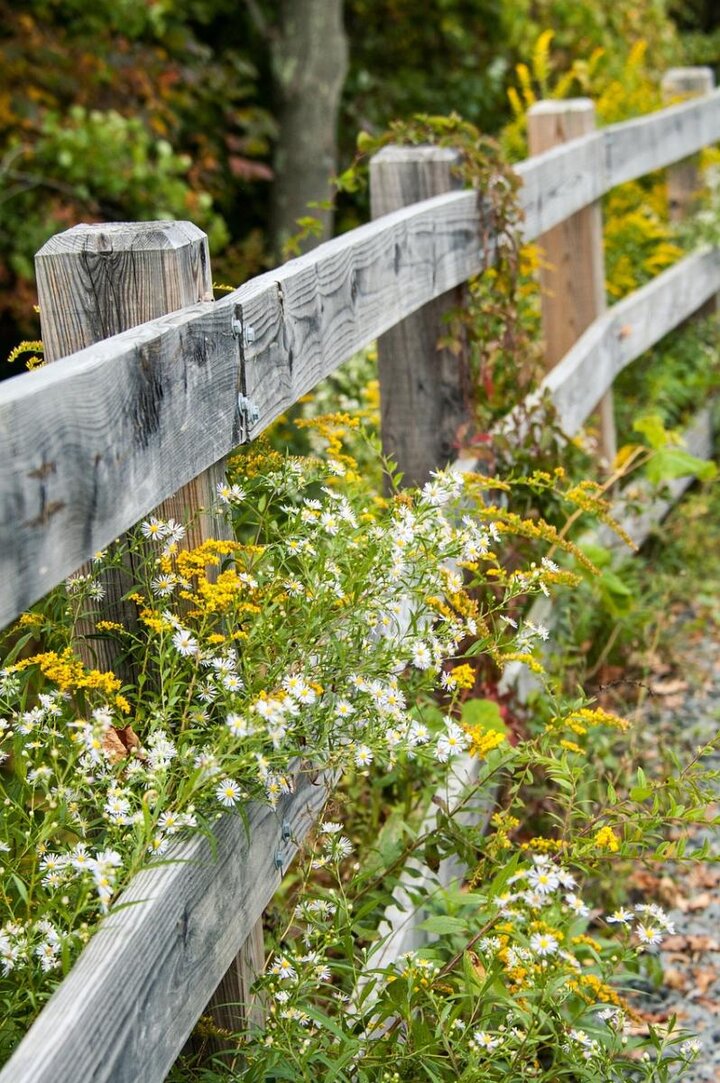Sarah Browning, Nebraska Extension Educator

Goldenrods are extremely hardy, drought tolerant, long-lived perennials that require minimal maintenance. Image by Pixabay.com
Goldenrods are easy to grow when planted in good garden soil in full sun. They are extremely hardy, drought tolerant, long-lived perennials. They also have few insect or disease problems and require minimal maintenance.
Most goldenrods are clump forming plants with erect to somewhat arching stems of varying heights and alternately arranged leaves. Flowers are typically yellow, but there are a few scarce white forms. Individual flowers are very small but are borne in great numbers to form flower heads of various shapes and sizes. Plants bloom over a long period in late summer and fall.

Not every goldenrod fits into all landscape situations. Successful use of these herbaceous perennials depends on careful plant selection. Several goldenrod species and hybrids are outstanding perennial garden plants. They are also excellent cut flowers, both fresh and dried. New cultivars and hybrids offer neat, compact growth, as well as a variety of flower forms.
Some of the named cultivars include the following:
- Cloth of Gold (18 inches tall, vigorous plant that blooms in August and September.)
- Crown of Rays (24 inches tall, columnar plant with large flat flower heads.)
- Golden Boy (18 to 24 inches tall, large plumy flower heads appear in July and August.)
- Golden Fleece (18 inches tall, forms a dense mat of heart-shaped leaves which gives it value as a ground cover)
- Goldenmosa (30 to 36 inches tall, blooms in August and September.)
The hybrid forms will need division every four to five years. Some species have very strong spreading tendencies and are best kept out of the garden unless you are willing to divide them every couple years. Division is best done in early spring just as growth commences, but most goldenrods are also easily propagated by tip cuttings taken in spring or by basal cuttings taken in fall.
Images by Pixabay.com
The author would like to acknowledge the contributon of Don Janssen, UNL Extension Educator, who authored the first edition of this publication.
Search Our Archive
Associated Video
Fall Pollinator Plants
Nebraska Extension Associate Educator Scott Evans talks about good fall blooming plants that will help feed and shelter pollinators this fall.